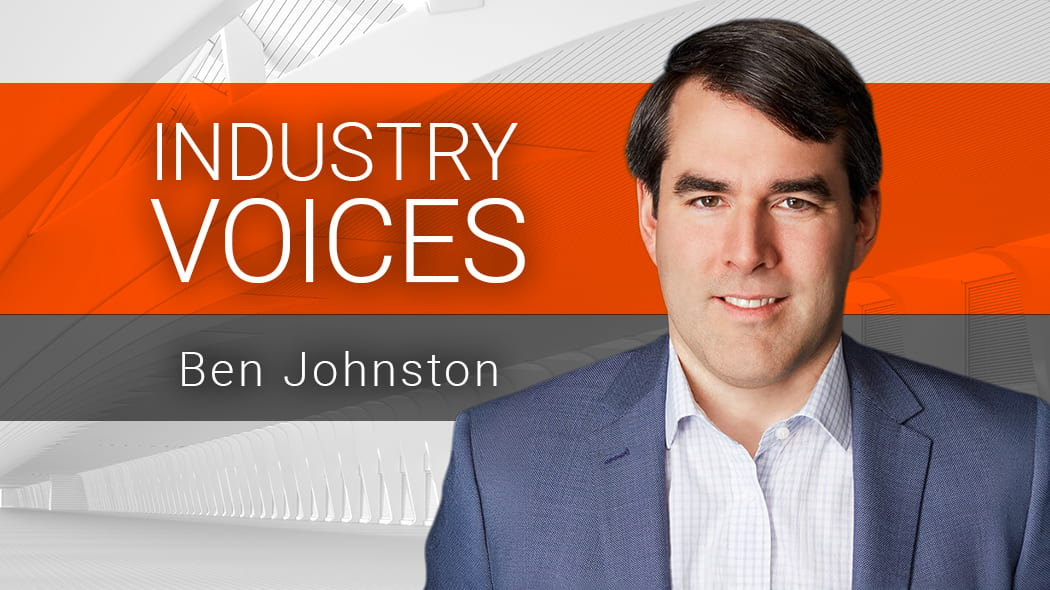Advanced housewraps, barriers, and insulation systems are redefining the building envelope—enhancing energy efficiency, improving indoor air quality, and strengthening structures against the demands of a changing climate. By Alex Barrego
How Next-Generation Materials Impact Building Envelope Performance
xxxxx. xxx
xxxxx
xxxxxxxxx
xxxxxxxxxxxxxxx By xxxxxxxx
h2 - xxxx
h3 - xxxx
H1 headline
Drafty rooms, climbing utility bills, mold in the walls—symptoms of a poorly constructed building envelope are easy to spot, but fixing them requires materials that go far beyond the basics. A high-performing building envelope can dramatically improve energy efficiency, water management, and thermal stability. Today’s projects aim to seal the deal—literally. The tighter the envelope, the better it blocks drafts and maintains indoor comfort.
When properly executed, the building envelope acts as a smart shield—fending off the elements while still allowing walls to breathe. From exterior cladding to the innermost wall assembly, every component has the potential to influence performance and efficiency.
Most experts identify five essential control layers in the building envelope: bulk water, thermal, water, air and vapor. These layers must work together to prevent water intrusion, allow moisture to escape and protect the indoor environment from extreme temperature swings.
Once a niche concept, robust building envelope strategies are now mainstream. With growing emphasis on sustainability, energy efficiency and climate resilience, builders recognize that each material plays a pivotal role.
Today’s next-generation materials don’t just cover walls—they insulate, repel water, and even “think” with the climate. They are driving innovation across critical building material categories, including:
- Cladding and siding
- Fascia and flashing
- Sheathing, barriers and wraps
- Coatings, adhesives and sealants
Smarter Sheathing, Barriers, and Wraps
Multi-functional membranes and 3-in-1 solutions are pushing a growing focus on continuous air and water barriers. Products that combine weather resistance, breathability, and exterior insulation deliver superior protection against the elements while enhancing operational efficiency.
Choosing the right features in a weather-resistive barrier requires data-driven planning—especially considering geographic and climate differences. In dry climates, a lower permeability rating is ideal. In humid regions, higher permeability helps trapped moisture escape, reducing the risk of interior condensation and mold.
Advancements in Moisture Management
Traditional housewraps, such as asphalt-saturated felt, offer basic bulk water protection but degrade over time and lack vapor permeability. Modern woven and spun-bonded wraps provide enhanced durability and moisture control.
Vapor-permeable membranes now do the heavy lifting—allowing trapped vapor to evaporate outward while blocking external moisture. Sandwiched between durable polyethylene and polypropylene layers, these membranes resist UV exposure and withstand on-site wear and tear. Advanced coatings further enhance drainage capabilities and protect underlying materials.
Self-adhering wraps add another layer of security, creating tight seals that self-heal around fasteners and block water intrusion at vulnerable points.
Enhancing Energy Efficiency and Indoor Air Quality
Next-generation WRBs do more than manage moisture—they adapt to changing conditions to deliver continuous airtightness and balanced humidity. Some barriers feature one-way permeable membranes that allow moisture to escape without letting water in.
Controlling interior humidity and reducing moisture buildup directly supports healthier indoor air quality. An emerging trend is exterior continuous insulation using rigid polyiso or mineral wool boards between sheathing and exterior cladding. Some advanced sheathing products even integrate WRBs into their surfaces, enhancing both insulation and weather protection in a single step.
Together, continuous barriers and exterior insulation create a high-performance envelope that locks in energy savings and protects indoor air quality.
Striking the Right Balance
Energy efficiency is central to building envelope design, but it's only one piece of the puzzle. The real challenge is balancing breathability and airtightness. Over-sealing a structure can trap moisture and cause long-term issues like mold growth and material degradation. Under-sealing invites uncontrolled air and moisture infiltration, undermining efficiency.
Achieving optimal performance requires smart material selection and strategic planning—not just high-tech products. When done right, a well-designed building envelope delivers lasting comfort, durability, and sustainability.
The Future of WRBs and Housewraps
The future of weather-resistive barriers and housewraps remains focused on advancing energy efficiency, sustainability, and material innovation. Emerging trends include:
- Eco-friendly materials: WRBs crafted from recycled or naturally occurring components, minimizing environmental impact.
- Reactive materials: Smart barriers that adjust their permeability based on humidity and temperature changes.
- Phase change materials: Innovative gels that absorb and release thermal energy, helping structures resist heat transfer.
One trend gaining momentum is the use of continuous insulation panels and integrated 3-in-1 structural sheathing. Placing insulation outside the wall cavity reduces thermal bridging and enhances protection against energy loss.
Final Thoughts: Building for the Future
Extreme weather events are no longer anomalies—they’re part of the new normal. Builders must adopt smarter, more resilient strategies to create structures that endure environmental challenges. High-performance housewraps and WRBs are essential tools for future-proofing homes and commercial spaces.
By combining moisture control, air management, and next-generation material science, today’s building envelopes set a higher standard for comfort, durability, and energy efficiency. With careful planning and the right products, builders can create spaces that thrive—today and decades into the future.
Images courtesy of PrimeSource Building Products.
Alex Barrego is a senior product manager at PrimeSource Building Products, specializing in building envelope solutions and product innovation for the Grip-Rite brand. Over his 10 years in the industry, Barrego has helped develop multiple industry-leading products centered on performance, efficiency, and sustainability.
